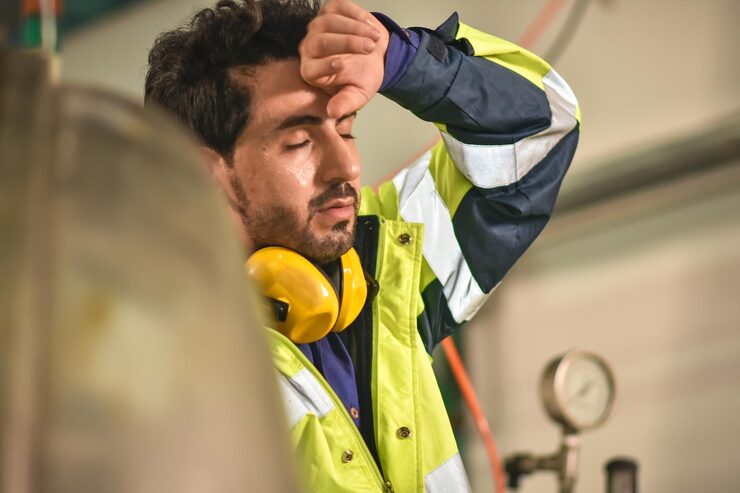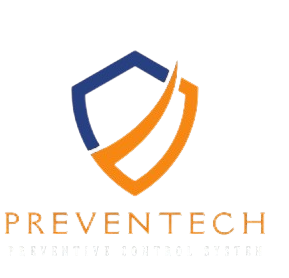
Thermal Stress Threatens Industrial Worker Safety
Industrial work in extreme heat conditions also faces an immediate and silent danger: thermal stress. Long-term heat exposure compromises decision-making, motor control, and physiological regulation—furnishing the foundation for disabling on-the-job accidents. Far too often, dangers lie in ambush until it’s too late. But now, industries are seeking science-proven solutions like thermal ergonomics and heat exposure protection systems that identify dangers before symptoms show.
Enter Preventech, an infrastructure that weaves together real-time biometric and environmental information to protect workers from the inside out. Its newest innovations respond to both internal metrics of thermal stress and external environmental changes, bringing adaptive safety technology to the factory floor.
This article ventures into the physiology of rising heat exposure, detailing how dehydration, workload, and conditions result in accidents—and how Preventech uses data to reduce that risk. With every new release, the system gets smarter, more proactive, and in sync with modern occupational safety science.
Understanding Thermal Stress in the Human Body
Thermal stress begins when the body is gaining more heat than it can dissipate. In work environments with high intensity, the cooling system of the body becomes overloaded, and it leads to impaired cognition, less stable muscle control, and debilitating health complications. Environmental Health Perspectives (2023) states that the increased core temperatures result in a measurable reduction in task accuracy and enhanced workplace errors.
This risk increases even more with extended heat exposure, where longer periods spent in the heat exacerbate physiological fatigue. Heat exposure safety measures are therefore critical in the prevention and anticipation of breakdowns before they become consequential. Preventech enforces these measures using biometric sensors that track changes in body temperature, breathing rate, and stability of movement.
Once thresholds are met, Preventech will initiate automatic equipment shutdowns, lockout procedures, or reassignment of workers. That’s the way thermal stress is never allowed to sneak up on people. With predictive heat exposure safety solutions, dangers aren’t merely managed—they’re prevented.
Thermal Ergonomics and Cognitive Impairment
Thermal ergonomics investigates how heat exposure impairs task performance. As body temperature increases, the executive functions of the brain deteriorate. Attention span, recall memory, and decision-making are affected. A 2023 Journal of Applied Physiology study found that error rates in cognition skyrocket by up to 35% after only 90 minutes of work in heat with no breaks.
Preventech leverages the concept of thermal ergonomics by adapting its safety response to current worker temperature and ambient readings. Upon detection of its signs of overload, the system might minimize machine interfaces, modulate workloads, or set up cooldown protocols automatically—heat exposure safety’s key ingredients.
Preventech is unique in that it can learn from ongoing user data. By blending behavior adaptation with ambient heat conditions, it foresees when cognitive risk is growing. This allows the system to react ahead of poor decisions or slow reaction times birth a dangerous event—exhibiting the ultimate capability of embedded thermal ergonomics to industrial design.
Dehydration, Electrolyte Loss, and Reaction Risk
A major consequence of heat exposure is dehydration—leading to reduced blood volume, higher core temperature, and disrupted cognitive function. According to the Journal of Occupational Medicine (2023), even mild dehydration leads to a 15% increase in reaction time and up to a 25% decline in motor coordination.
This makes heat exposure safety an essential layer in any risk-prevention strategy. Preventech does this by evaluating biomechanical cues like gait instability, tremors, or inconsistent grip strength—subtle signs that dehydration is setting in. These indicators can be used to trigger automatic responses: alerts, cooldowns, or work cycle adjustments.
Combined with thermal ergonomics and real-time motion analytics, Preventech becomes a hydration-aware safety system. The product doesn’t just protect against visible heat illness—it prevents the micro-degradations in judgment and movement that come before. By integrating dehydration science into its algorithmic core, Preventech provides a complete defense against the hidden effects of thermal stress.
Environmental Monitoring for Heat Exposure Safety
Modern safety devices nowadays use advanced heat exposure safety devices, especially as climate uncertainty and heat generation from equipment continue to rise. These systems detect areas of danger with heat through ambient temperature monitoring, humidity, and airflow prior to impacting workers.
Preventech takes it a step further. Not only does its ambient monitoring modules track temperature, but also thermal buildup in specific areas. When ambient readings foretell dangerous heat exposure, Preventech steps in—re-routing workflows, turning off hot equipment, or adjusting ventilation controls.
In contrast to traditional fixed-threshold gear, Preventech responds in real time via environmental modeling and exposure history. This guarantees that there are no workers spending too much time in heat-saturated zones and production lines adjusting automatically based on thermal conditions.
By balancing thermal ergonomics with smart environment sensing, Preventech never catches employees off guard. This takes heat exposure safety to active prevention of hazards from passive monitoring—a revolution in industrial protection.
Forecasting Heat Risk Using Predictive Models
The next generation of safety systems don’t just react—they anticipate. In a recent study from Scientific Reports (2024), machine learning algorithms trained on heat exposure levels were able to predict environmental and physiological conditions of high risk up to four hours in advance.
Preventech now incorporates predictive heat exposure safety models that analyze temperature trends, historical fatigue data, and workload intensity to determine when and where risk is most likely to happen. When these conditions are met, the system generates preemptive alerts, modifies shift rotations, and dynamically changes equipment settings.
This prediction software, powered by AI, is especially critical during heat waves or extended shifts. Combined with its physiological and ergonomic data layers, Preventech doesn’t respond to risk—it stops it before it happens. The result is a system that stays several steps ahead of harm, making industrial zones more resilient and scientifically managed.
As emerging environmental risks emerge, Preventech’s adaptive predictive model ensures that thermal stress is never a surprise. It’s a familiar, quantifiable risk—managed with precision and foresight.
Conclusion
We’ve entered an era where heat exposure is no longer a marginal issue—it’s a central safety challenge in modern industry. With rising ambient temperatures and intensifying workloads, thermal stress has become an invisible threat that erodes both physical and mental performance. Traditional cooling methods and static monitoring tools are simply no longer enough.
What’s needed is a predictive, science-driven system—and that’s exactly what Preventech delivers. By integrating thermal ergonomics, intelligent monitoring, and dynamic forecasting, it’s revolutionizing the management of heat-related risk. It doesn’t wait for symptoms. It reads the early signs of thermal stress and reacts to them in real time, giving businesses a new standard of protection.
As the rules tighten and risks escalate, the use of robust heat exposure safety systems will become not voluntary, but inevitable. With Preventech, businesses step into that tomorrow today—safer, smarter, and in accordance with the best of heat science and industrial technology.



